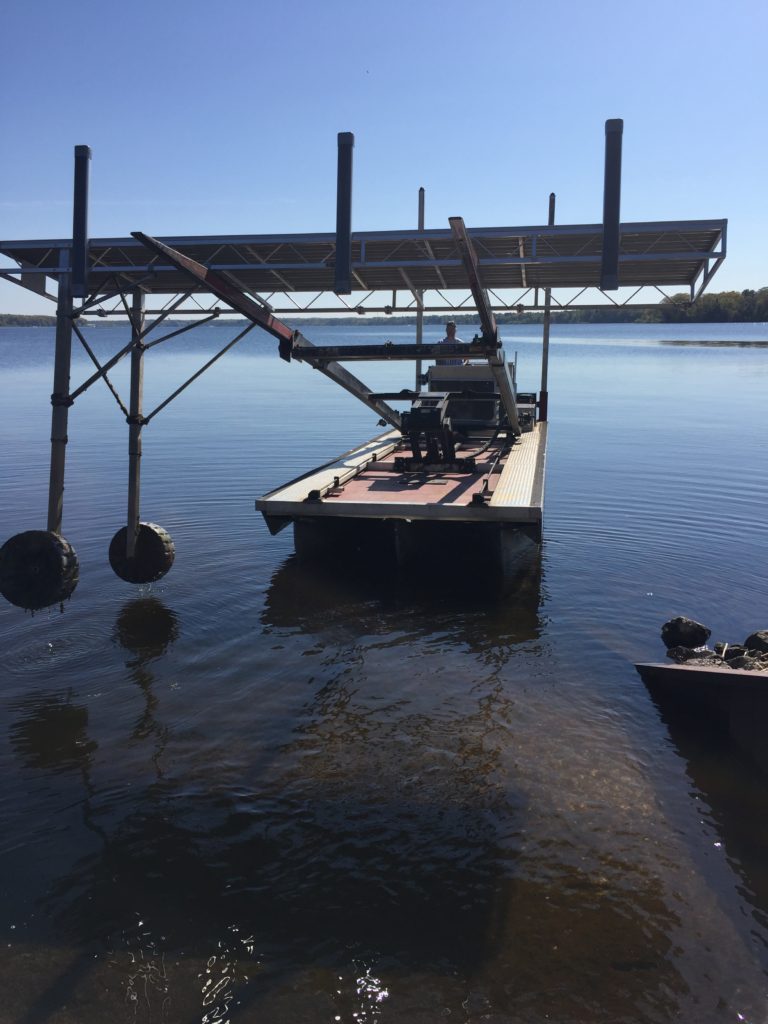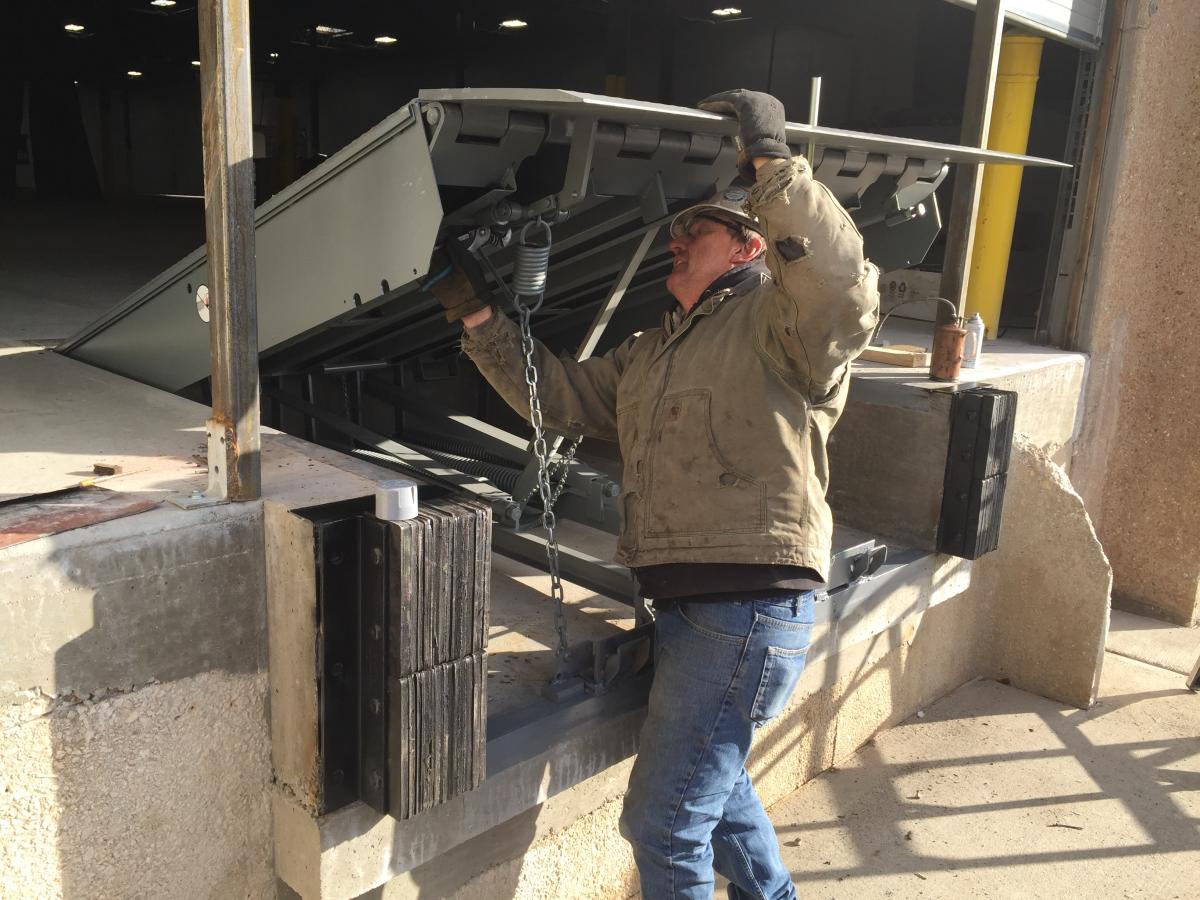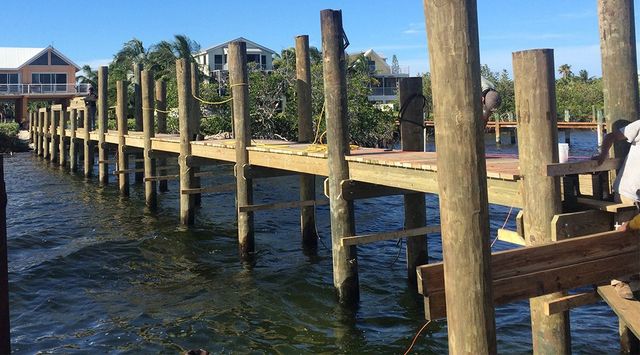Essential Overview to Economical Dock Repairs for Homeowners
Wiki Article
Reliable Dock Repair Work Techniques: Making Certain Architectural Integrity
Ensuring the structural stability of docks through reliable repair methods is critical for the durability and safety of aquatic facilities. This involves a multi-faceted approach starting with thorough assessments using advanced technologies like finder equipment and remotely ran cars (ROVs) to find both noticeable and hid problems. Ultimately, choosing the right repair service materials, such as composite materials and corrosion-resistant alloys, is vital for longevity. Structural reinforcement methods, consisting of the implementation of cross-bracing systems and load-distribution plates, play an important role in mitigating anxiety points. The importance of these methods becomes evident when exploring innovative repair work approaches and preventative maintenance strategies.Evaluating Dock Damage
Assessing dock damages is an essential very first action in making sure the structural integrity and safety of any type of docking facility. Key aspects to analyze include the dock's foundation, pilings, outdoor decking, and equipment (Dock Repairs).Structural engineers or qualified inspectors usually perform these analyses making use of specialized methods and tools. Undersea evaluations could employ sonar equipment or remotely ran vehicles (ROVs) to find immersed damage. Above water, visual inspections are matched by using dampness meters and various other analysis tools to uncover underlying issues not immediately visible to the naked eye.

Deciding On Repair Service Materials
Choosing the ideal repair work materials is an essential action in the dock repair process, one that directly influences the longevity and performance of the fixed structure. Product option have to be driven by factors such as ecological problems, load-bearing needs, and compatibility with existing dock elements. For circumstances, wood is a standard selection for anchors due to its all-natural resilience and aesthetic charm. However, choosing the right kind of wood, such as pressure-treated lumber or normally rot-resistant species like cedar or teak wood, is important to endure water atmospheres.Along with timber, composite materials are progressively prominent as a result of their longevity and low upkeep requirements. Composites, usually made from a mix of plastic and wood fibers, supply superb resistance to rot, pests, and UV damages. For metal anchors, picking corrosion-resistant alloys such as galvanized steel or marine-grade light weight aluminum is necessary to prevent rust and guarantee architectural stability in saline water conditions.
Epoxy resins and marine-grade sealants are essential for repairing fractures and sealing joints, giving a waterproof obstacle and improving the dock's total stamina. By diligently selecting premium products, dock repair services can achieve long-lasting outcomes, thereby securing against future deterioration and guaranteeing secure, reliable use.
Structural Reinforcement Strategies
Reliable structural support methods are critical in guaranteeing the security and long life of dock fixings. One basic technique includes using steel or composite support bars (rebar) within concrete frameworks. Rebar supplies added tensile toughness, protecting against fractures and dispersing lots extra equally. This approach is specifically reliable for anchors subjected to heavy tons or severe ecological conditions.Another important technique is the application of fiber-reinforced polymers (FRP) These products use high strength-to-weight ratios and exceptional resistance to rust, making them perfect for reinforcing concrete or wood docks. FRP can be used in sheets or strips and bonded with epoxy resins to boost architectural stability.
Supporting and securing systems likewise play a vital role in structural support. Cross-bracing, utilizing steel or wood beams, can neutralize lateral forces, lowering persuading and movement. Securing systems, such as helical piers or driven piles, give a steady foundation by moving loads to much deeper, much more stable dirt layers.
Finally, the integration of load-distribution plates can assist distribute weight extra evenly throughout the dock's surface, minimizing localized stress and anxiety points. These techniques jointly guarantee that anchors remain risk-free and robust, with the ability of standing up to the rigors of their operational atmosphere.
Advanced Fixing Techniques

Another advanced strategy includes underwater welding, which enables for repairs to be performed without the demand to dewater the area. This approach is especially helpful for addressing architectural problems in submerged dock components, guaranteeing minimal interruption to operations. Enhanced welding methods, combined with robot systems, supply precision and reliability, therefore prolonging the life expectancy of the dock.
Additionally, cathodic security systems are carried out to stop deterioration in metal dock structures. By utilizing sacrificial anodes or pleased current systems, these methods properly mitigate the electrochemical processes that bring about material damage.
Lastly, advanced monitoring modern technologies, such as structural wellness surveillance (SHM) systems, offer real-time information on the condition of dock frameworks. These systems allow positive maintenance and timely treatments, ultimately making sure the lasting structural honesty of the dock.
Upkeep and Prevention
Maintenance and prevention are basic concepts that underpin the longevity and security of dock structures. Regular evaluations are vital, allowing for early detection of deterioration, potential weaknesses, and environmental impacts. An aggressive method, entailing regular checks for deterioration, rot, and architectural changes, alleviates expensive repair services and extends the dock's functional life.Safety nets need to include using safety finishings to steel parts to defend against corrosion and using cured wood to resist degeneration. In addition, ensuring appropriate water drainage and air flow can stop water build-up, which is an usual reason for architectural destruction. link Incorporating high quality materials and adhering to supplier standards throughout building and construction and fixing stages additionally play important duties in enhancing longevity.

Educating personnel in dock upkeep best practices makes sure constant application of precautionary actions. Leveraging technical breakthroughs, such as drones for assessments and sensing units for real-time monitoring, can further boost maintenance efforts. By focusing on maintenance and prevention, dock owners can ensure architectural integrity, operational security, and affordable management over the dock's life expectancy.
Final Thought
In final thought, maintaining the architectural stability of aquatic facilities demands comprehensive dock repair work strategies. Extensive assessments utilizing sophisticated devices uncover both visible and hid problems, while the selection of ideal repair work products enhances longevity. Executing structural reinforcement methods addresses stress and anxiety points properly. Advanced repair service strategies, combined with routine upkeep practices, ensure the dock stays operational and safe under varied environmental conditions. Adopting these approaches considerably extends the lifespan and functionality of marine infrastructure.Ensuring the architectural integrity of anchors through efficient fixing methods is paramount for the longevity and security of aquatic facilities.Choosing the appropriate repair materials is an essential click for info step in the have a peek at these guys dock repair procedure, one that straight influences the durability and performance of the repaired framework.Efficient structural support methods are critical in ensuring the stability and durability of dock repair work. By focusing on maintenance and prevention, dock proprietors can ensure architectural integrity, functional safety and security, and cost-effective management over the dock's lifespan.
In conclusion, keeping the structural stability of marine facilities necessitates comprehensive dock fixing techniques.
Report this wiki page